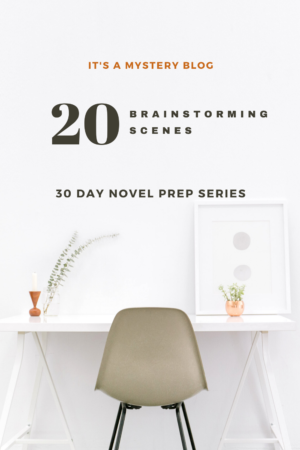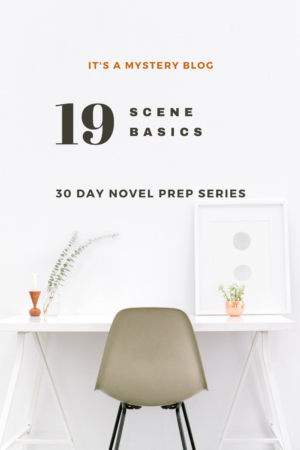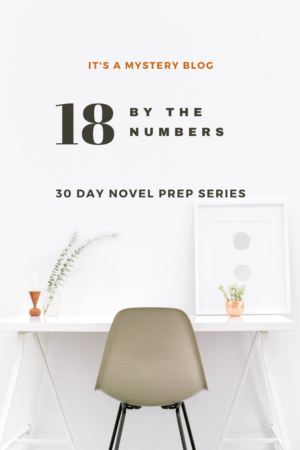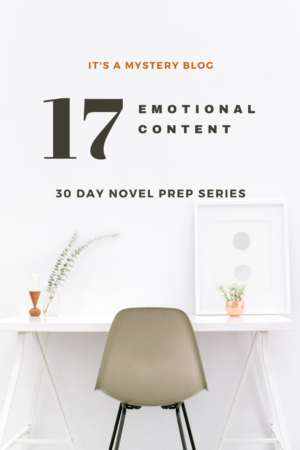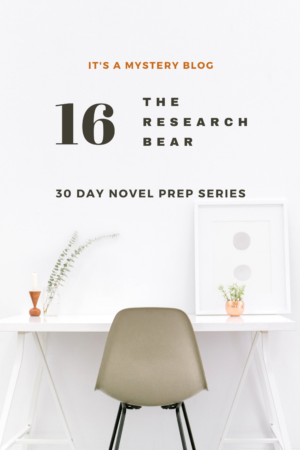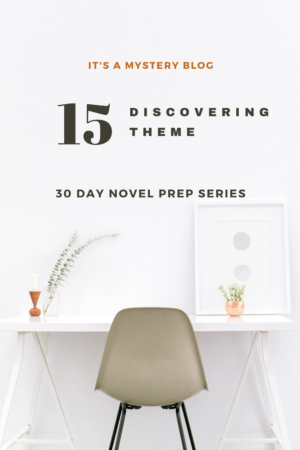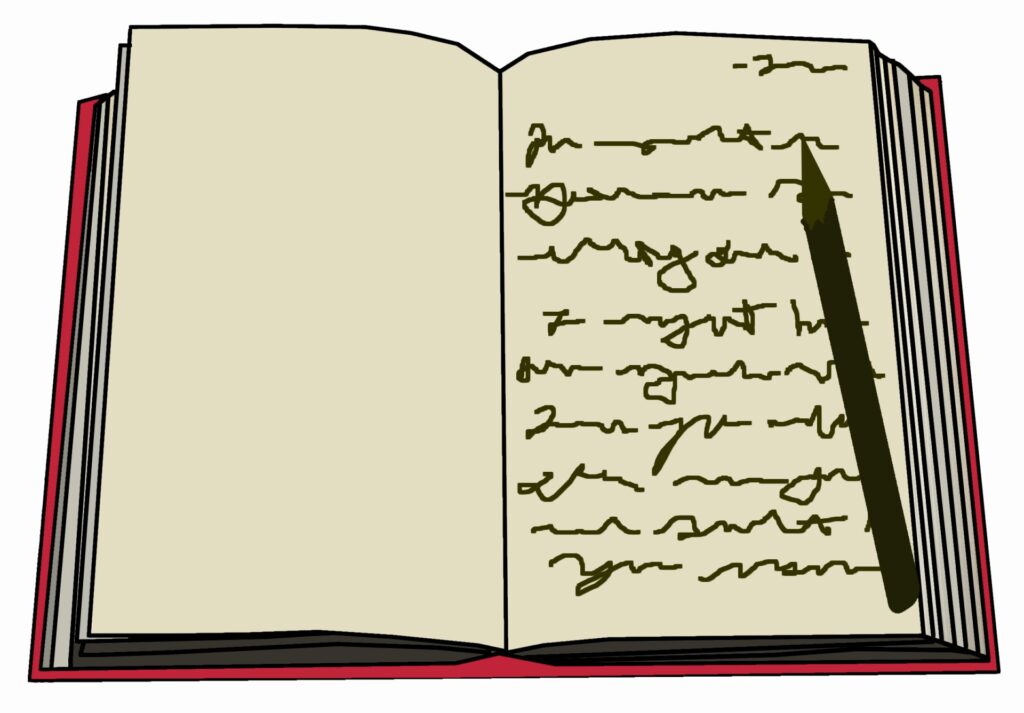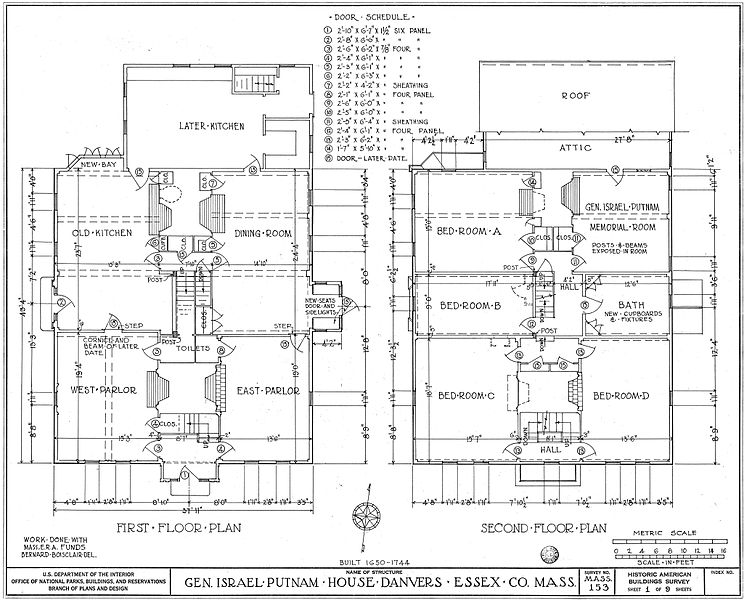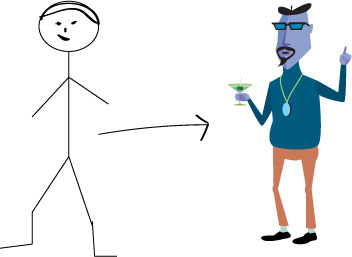If you have been following our NaNoWriMo (National Novel Writing Month) prep, you should have at least a few characters, setting, an inciting incident, and a timeline started. Let’s move the story forward by brainstorming three different ways: orally, visually, and by putting pen to paper (tactile).
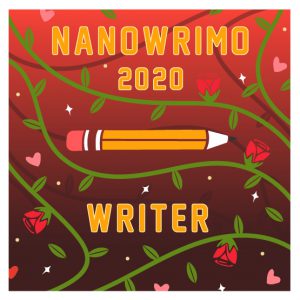
1. Oral
Storytelling is an oral tradition, so why not brainstorm by telling your story? Yes, actually speaking out loud. Get the speech and hearing parts of your brain activated and see where it leads.
Find a private place, like your room, the garage, the car, anywhere you feel comfortable. Start any way you like. Try “Once upon a time…” The aim is to hit the high points. You don’t need to go deep into details.
You can simply talk to yourself, but if something golden crops up, it might be better if you record it. You can use a tape recorder, a digital recorder, or the recorder on your phone or computer.
++++++++
If you have Google Drive and a Smart Phone with a microphone, you can even convert the audio to text. This is how it looks on my phone:
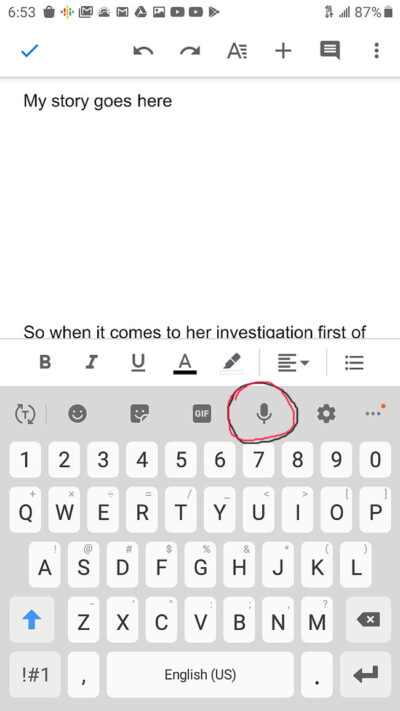
When you open a Google Drive document on your phone and start to edit, look for the microphone symbol. Selecting it will give you the option of adding text via speech.
Note: If you pause for a breath, the translating app may stop. Glance at the text regularly and tap it to start again if that happens. Also, it won’t be a perfect translation.
++++++++
When you are telling your story, don’t aim to go smoothly from beginning to end. You might find yourself starting with backstory rather than the beginning. Go for it. Last night I discovered my protagonist’s secret backstory that I had no idea about. It completely explains her behavior later in the story.
You will probably hem and haw, repeat yourself and stumble a bit. That is fine. If your story quits flowing completely, though, you might want to think about why that happened. What pieces aren’t working? What do you need to add or change? Think about it some and try telling your story again another day.
Drawing/Making a Storyboard
Do scenes come to your mind like video from a movie? Investigate a technique that comes straight from film making.
Start by drawing one scene from your novel on a piece of paper. Add colored pencil or markers.
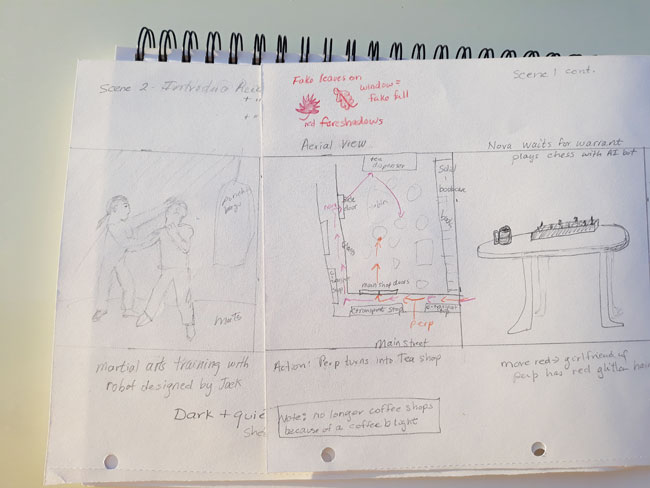
The novel didn’t get written, but the storyboard was fun.
If you like how it moves the story ahead, consider a full storyboard the plot.
Wave.video Blog has an article that gives details on how to storyboard a video, and many of the ideas apply to novels as well. According to the article, a storyboard can help you get organized, save time, and identify problems in advance.
They suggest starting with how you want the audience to feel. Awesome idea!
Putting Pen to Paper (Tactile)
We are so used to creating on the computer, we forget that writing with a pen on a piece of paper gives us an entirely different tactile experience.
Pull out some three by five cards or even some large sticky notes. Start writing scene ideas, 1 per card or note. Add the setting, which characters will be present, the characters’ goals, and what conflicts will occur. Later you can order your scenes on a board or add them to your Scrivener file.
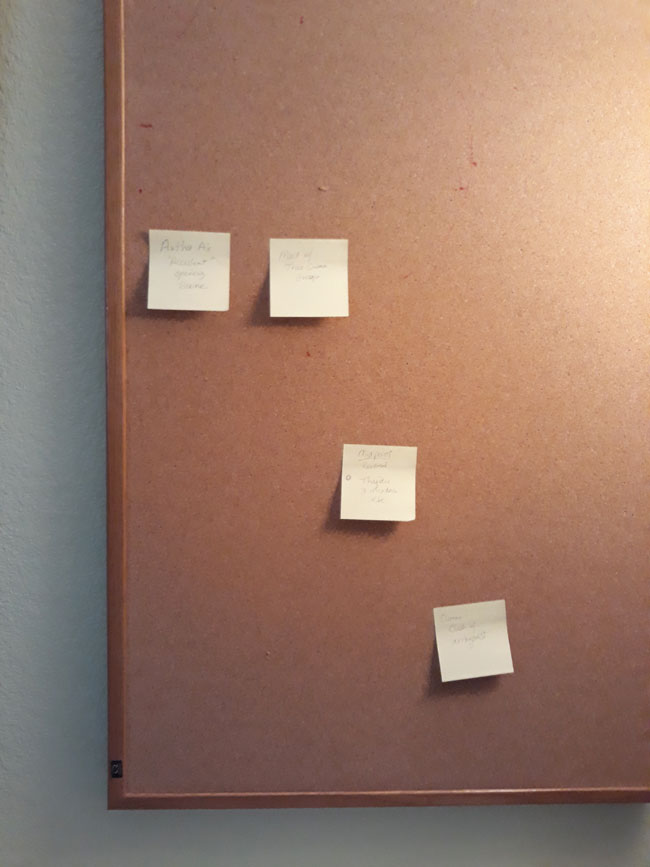
Hope you find one or more of these methods helpful. Which did you choose?
#####
Visit our 30 Day Novel Prep Page for all the links.
